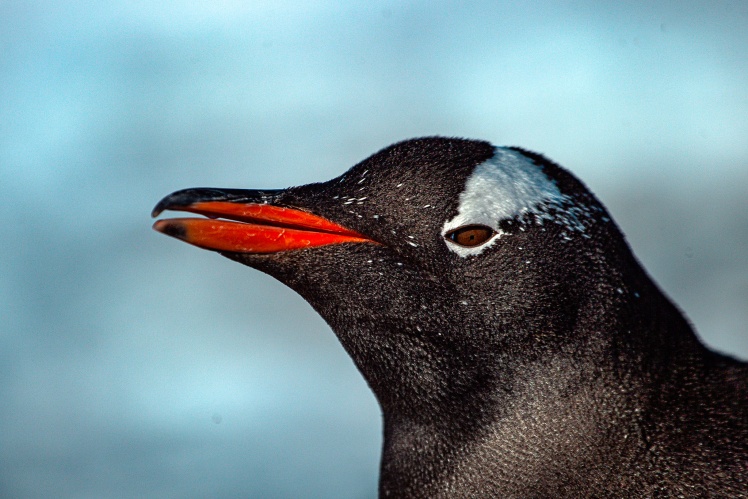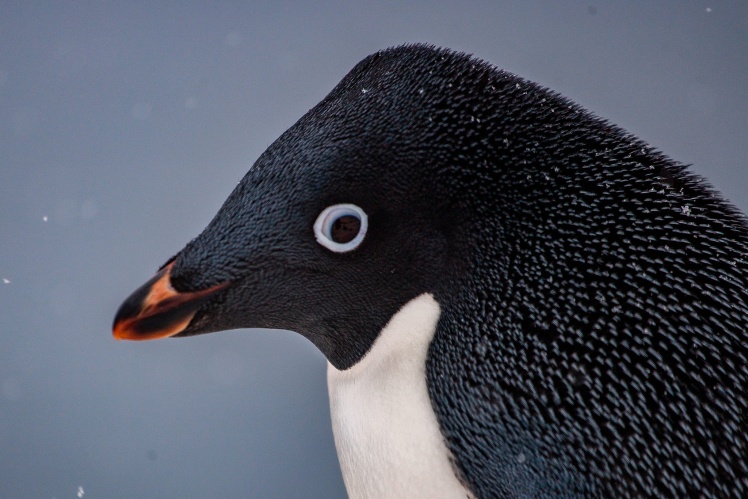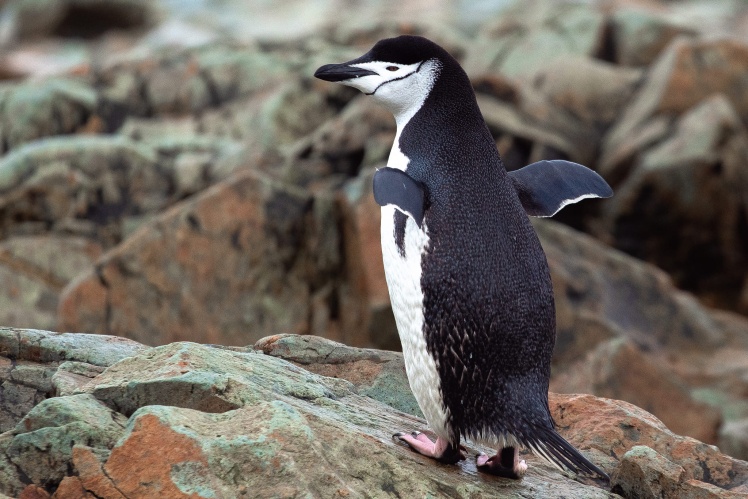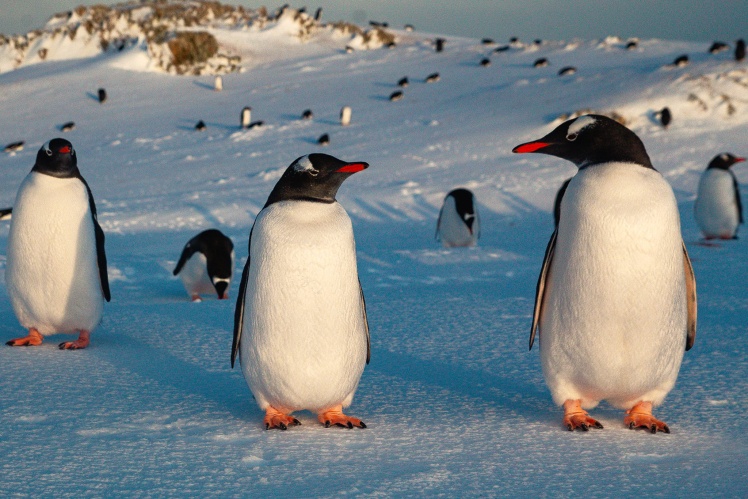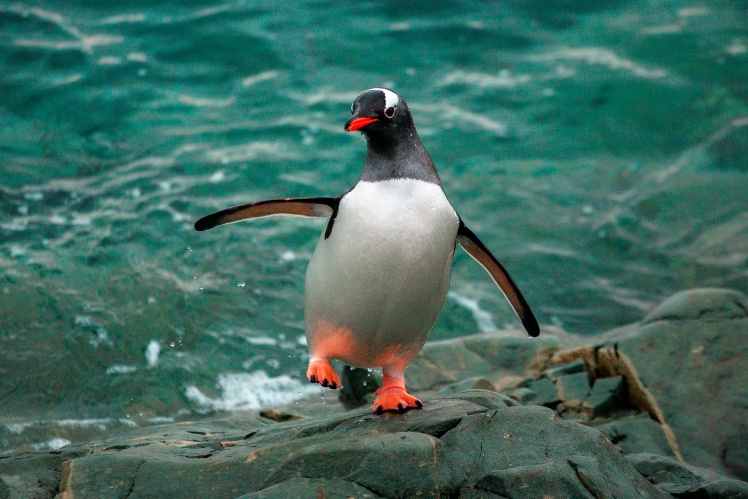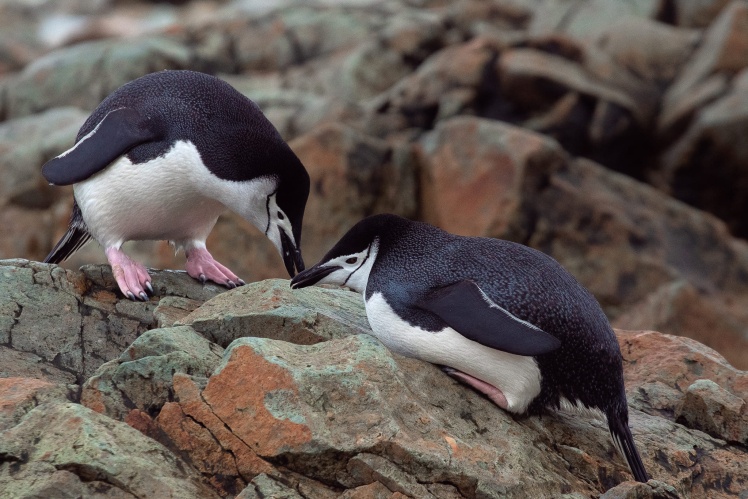On World Penguin Day, researchers showed what species live in the area of the Ukrainian scientific station "Akademik Vernadskyi" in Antarctica.
The National Antarctic Science Center wrote about it.
There are a total of 18 species of penguins on the planet, five of which live in the Antarctic, and three nest directly near the Akademik Vernadskyi station. Here are their names:
- Pygoscelis papua — subantarctic penguin;
- Pygoscelis antarcticus — Antarctic penguin;
- Pygoscelis adeliae — Adelie penguin.
They are similar in that they start their mating season in the Antarctic spring and build nests out of stones. Both partners take turns incubating the eggs, and then take care of the chicks and feed them. And all three species have common enemies — sea leopards and skunks.
At the same time, they also have significant differences, in particular in appearance. Subantarctic penguins are the largest and brightest, they have a height of up to 81 cm, a red beak, white spots above the eyes, and they also seem to be dressed in tailcoats. In addition, they are thermophilic, unlike other species that prefer the cold.
Antarctic penguins are somewhat smaller: their height is up to 77 centimeters, a thin black stripe crosses the chin. The smallest of the three are the Adélie penguins, which grow up to 75 centimeters tall and have a black head and white-blue eyes.
In the area of "Akademik Vernadskyi" station, the neighborhood of these three species is rare. Only on the island of But, Ukrainian biologists recorded that they all nested together every year and successfully hatched chicks.
On Galindez Island, where the Ukrainian station is located, this season there was a record number of subantarctic penguins — up to seven thousand. While there were only two pairs of Adelie penguins. Antarctic nests were not noticed at all.
- Scientists have already explained that the record number of subantarctic penguins on Galindez indicates the warming and reduction of the sea ice area in the Antarctic, due to which the animals migrate and occupy new territories.
